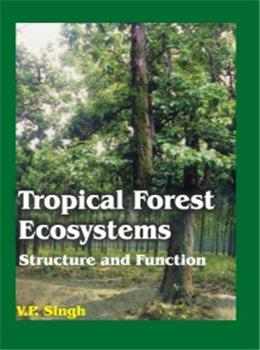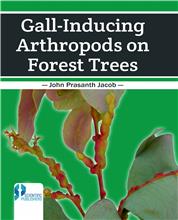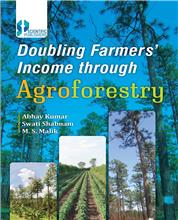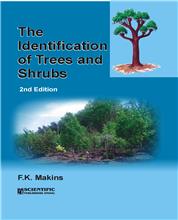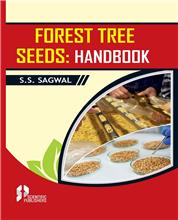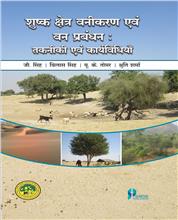Tropical forests are vital for social, economic and ecological reasons. They play an important role in ecosystem processes [ such as the biogeochemical and hydrological cycle ] they provide habitat for wildlife and serve as source of biodiversity and they offer protection against soil erosion [Kremen et al., 2000 and Condit et al., 2002]. The forest contains large trees standing, 30 to 50 meters in height, creating continuous canopy of foliage. The enclosed canopy, shades tree forest floor, inhibiting the development of much undergrowth, creating an open forest formation. Piercing into the tree canopy, reveals a multistory appearance of broad leaf, evergreen vegetation. The forest is a treasure trove of different animal and plant species. Forest and woodlands cover nearly 40% of the earth s land surface and they are the most biologically diverse ecosystems in most part of the world. The tropics consist of a diversity, occurring between the latitudes of the tropic of Cancer and the tropics of Capricon, north and south of the equator. These ecosystems are currently experiencing the highest rates of destruction in the world. More than 90% of dry forests have been destroyed and less than 2% of what remains is protected. Because of the climatic and forest structure, dry forests are easier to clear for agriculture, the soil is more fertile and the land is more suitable for livestock. Forest area has increased slightly since 1980 in industrial countries, but, has declined by almost 10% in developing countries. Tropical deforestation probably exceeds 1,30,000 sq. km a year. Less than 40% of forest globally are relatively undisturbed by human action. Many developing countries today, rely on timber for export earnings, at the same time; millions of people in tropical countries still depend on forests to meet their every need. Since time immemorial, forest has provided a valuable source of economic life for human populations. Yet, the ways in which, forests are used and valued, depends largely on people s economic needs and priorities in a particular place or at a particular time, balanced against the relative scarcity or abundance of forest resources. Over recent years, a complex array of social, economic and political changes have altered human demands on forest. These changing demands have had devastating impact on forest status and integrity. This book is an outcome of the own work, experience and research on tropical forest for the last 30 years. I hope, this will provide to readers, concise, sufficient and recent information on tropical forest of the world.
